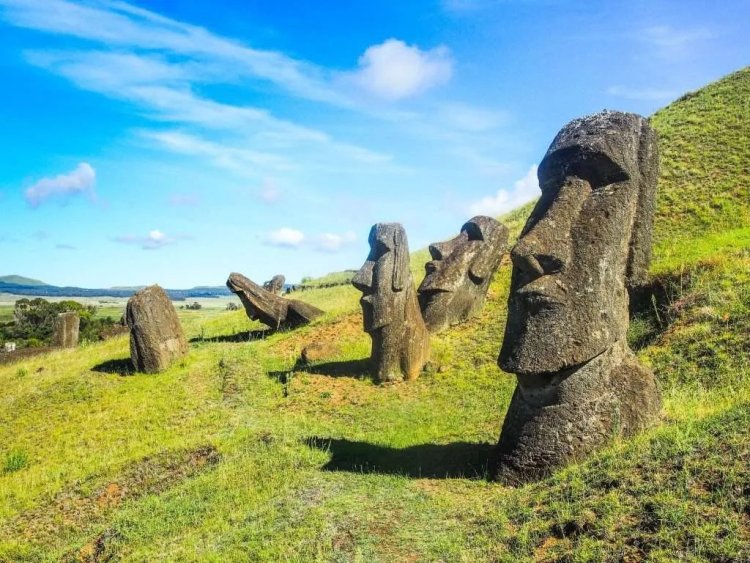Easter Island grapples with tourism impact

For tourists making the journey to remote Easter Island, over 2,000 miles from the coast of Chile, standing face-to-face with the island's moai - giant heads carved centuries ago by the island's inhabitants - can be a bucket-list event.
Tourists have been returning to the island, a UNESCO World Heritage Site, since it reopened in 2022 after the pandemic forced it to close to tourists for two years.
For local authorities, the visitors are a welcome economic boost, but leaders are also weary of the threat of over tourism on the small island of about 164 square kilometers in area.
Mayor of Rapa Nui Pedro Edmunds flouts a local law that bars visitors from staying more than thirty days, as a way to avoid the fortunes of a place like Mallorca.
"We look at the world today and watch what is happening. For example, in the Balearic Islands, in Spain, Mallorca and Menorca, are today overwhelmed by tourism, not only by tourism but by people who come to stay there. They are overwhelmed, which has led to massive protests by local society. We were visionaries in anticipating that before, without knowing what is happening today in those places. And we managed to install this program and this law (of residence and permanence in Rapa Nui) that is just starting,” he added.
A global post-pandemic travel boom has stretched communities thin as crowds overwhelm neighborhoods and remote workers make cities like Barcelona and Mexico City their home for a season, to the exasperation of local residents.
In Palma de Mallora, the largest of Spain's Balearic Islands, thousands of anti-tourism protesters demonstrated this summer against rising costs of living and strains on public services, which they blame on tourists.












